
Intelligentere E-Mails, schnelleres Geschäft. RFQs, Angebote, Bestellungen und mehr automatisch markieren, analysieren und beantworten – sofort.
Trends
MoS Civil Aviation Urges Caution Following Air India Crash Preliminary Report
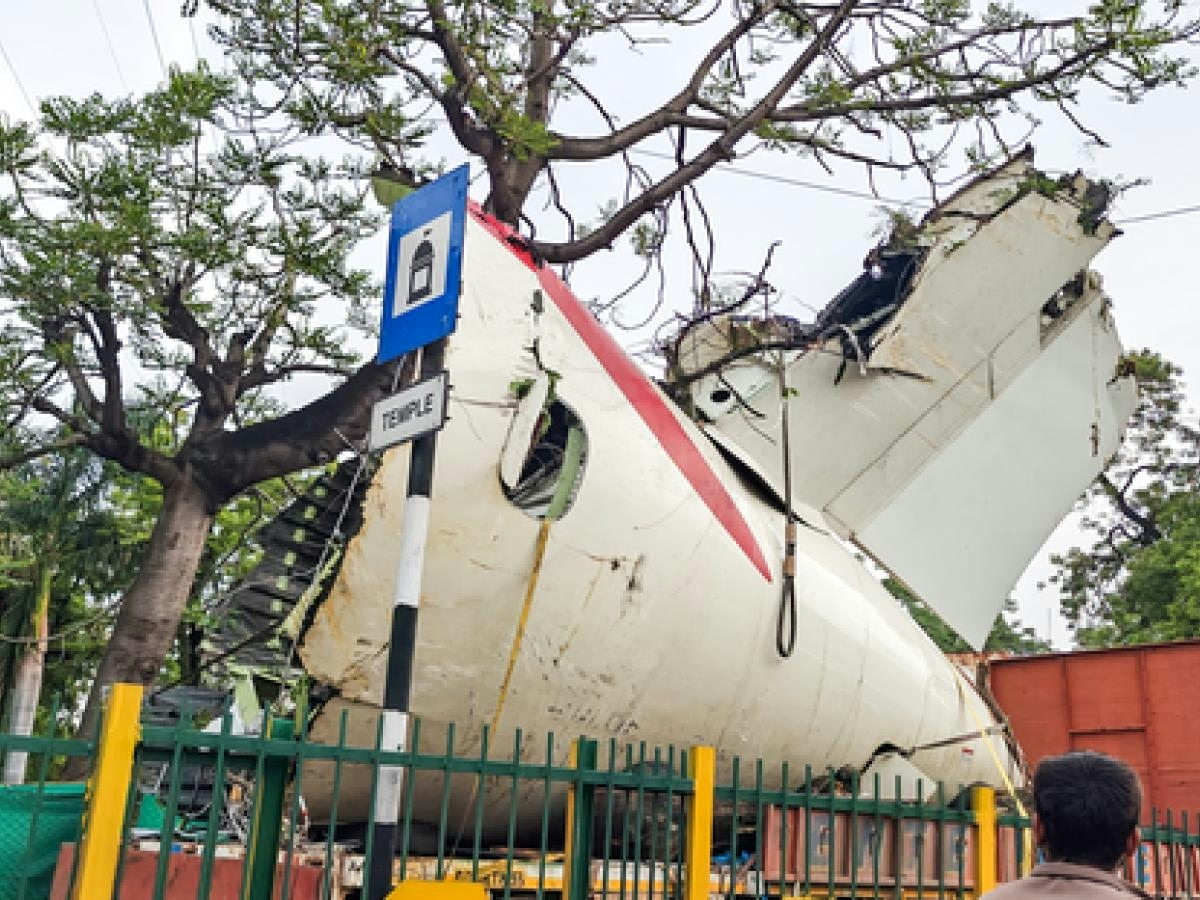
MoS Civil Aviation Urges Caution Following Air India Crash Preliminary Report
Preliminary Findings and Official Response
Union Minister of State for Civil Aviation and Cooperation, Murlidhar Mohol, has called for restraint in interpreting the initial findings released by the Aircraft Accident Investigation Bureau (AAIB) concerning the June 12 crash of Air India flight AI 171. Speaking to the press on Saturday, Mohol emphasized that the 15-page preliminary report, published shortly after midnight, does not represent the final conclusions of the ongoing investigation. He urged the public and media to withhold judgment until the comprehensive report is completed.
“This is a preliminary report and not the final one. All the information is out for the public. It is still under the purview of investigation so it would not be right to comment on the matter. I request everyone to not arrive at any conclusion till the final report is out,” Mohol stated. He reaffirmed that the AAIB, an autonomous body, is conducting the probe independently without any interference from the Ministry of Civil Aviation.
Details from the Preliminary Report
The initial findings revealed a critical technical anomaly: the engine fuel control switches on the Boeing 787-8 Dreamliner shifted from ‘RUN’ to ‘CUTOFF’ within a second of each other shortly after takeoff, resulting in an abrupt loss of engine power. While this detail is significant, investigators caution that preliminary reports typically present only basic facts and do not delve into the underlying causes of the accident.
The crash, which occurred on the Ahmedabad–London Gatwick route, is among the deadliest aviation disasters involving an Indian airline in four decades. It claimed 260 lives, including 241 of the 242 passengers and crew on board, as well as 19 individuals on the ground. The tragedy has sent shockwaves through the aviation sector, raising concerns about its potential impact on Air India’s ongoing transformation efforts and the broader Indian aviation industry.
Industry analysts have noted that the preliminary indication of a sudden engine fuel cutoff could have serious repercussions for Air India’s reputation and operational progress. The incident is also expected to influence the global aviation reinsurance market, particularly affecting insurers and reinsurers in India, where aviation insurance has historically been loss-making. As Air India pursues an ambitious reinvention strategy, the crash represents a significant challenge for both the airline and India’s aspirations as an emerging aviation hub.
Advances in Investigation and Caution on Interpretation
Mohol highlighted recent advancements in India’s investigative capabilities, noting that the aircraft’s black box was recovered and decoded domestically within a day of the crash. This rapid turnaround facilitated the swift release of the preliminary report. “Previously, black boxes from even a chopper crash needed to be sent out of the country,” he remarked, attributing the expedited process to new laboratory technology.
The report also included cockpit voice recordings, which captured an exchange between the pilots in which one questioned the other about the fuel cutoff, receiving a denial in response. Mohol cautioned against drawing premature conclusions from this dialogue: “The conversation has been revealed, but it cannot be used to jump to conclusions. What happened, what was the situation, and what were the reasons—all will become clear post the final report.”
At the time of the accident, co-pilot Clive Kunder was flying the aircraft, while pilot-in-command Sumeet Sabharwal was monitoring.
Authorities continue to stress the importance of patience as the investigation proceeds, underscoring the necessity of a thorough and fact-based final report before any definitive conclusions are made regarding the causes and consequences of this tragic disaster.
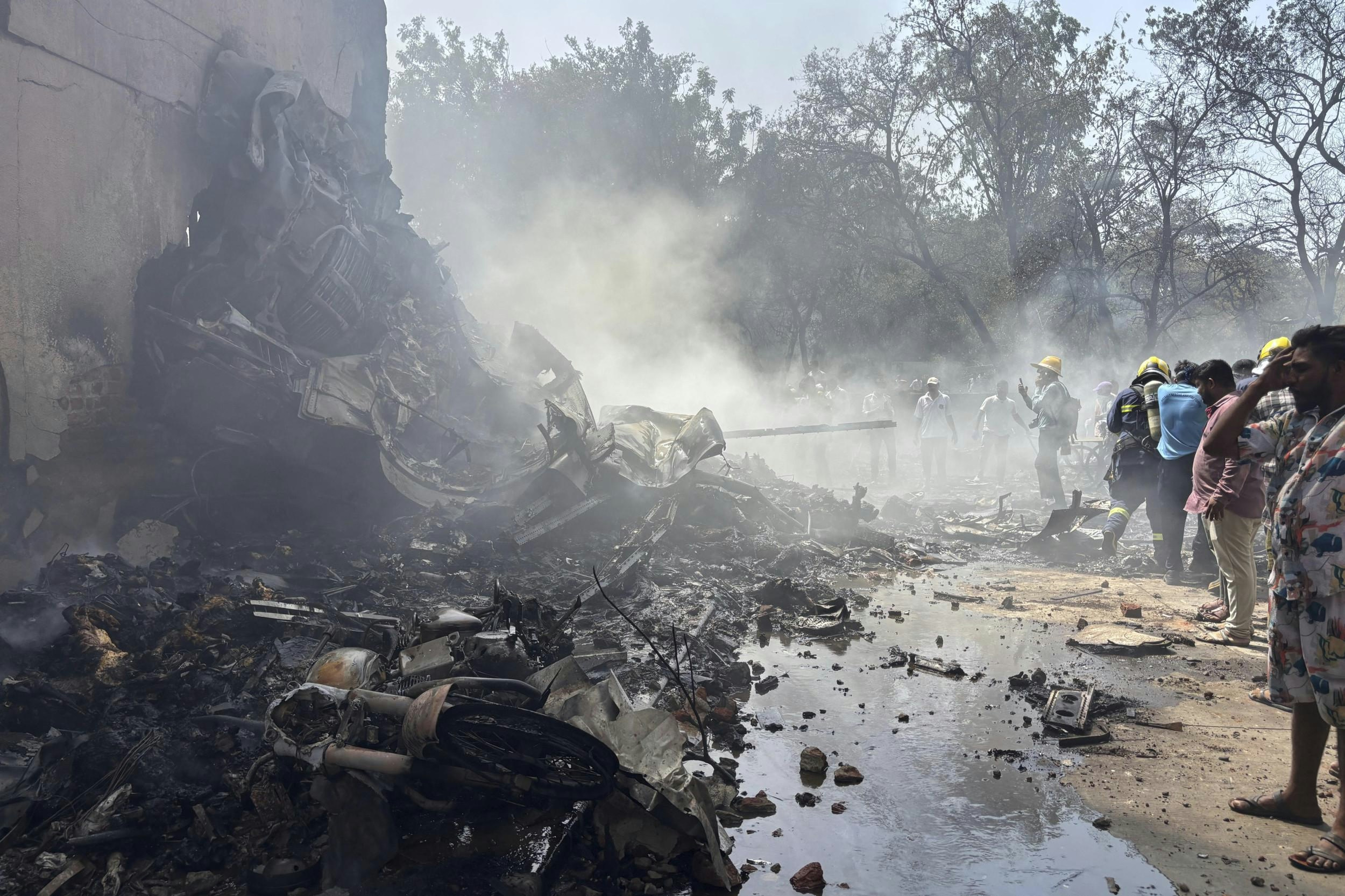
Aviation Safety CEO Calls for Thorough Investigation into AI 171 Crash
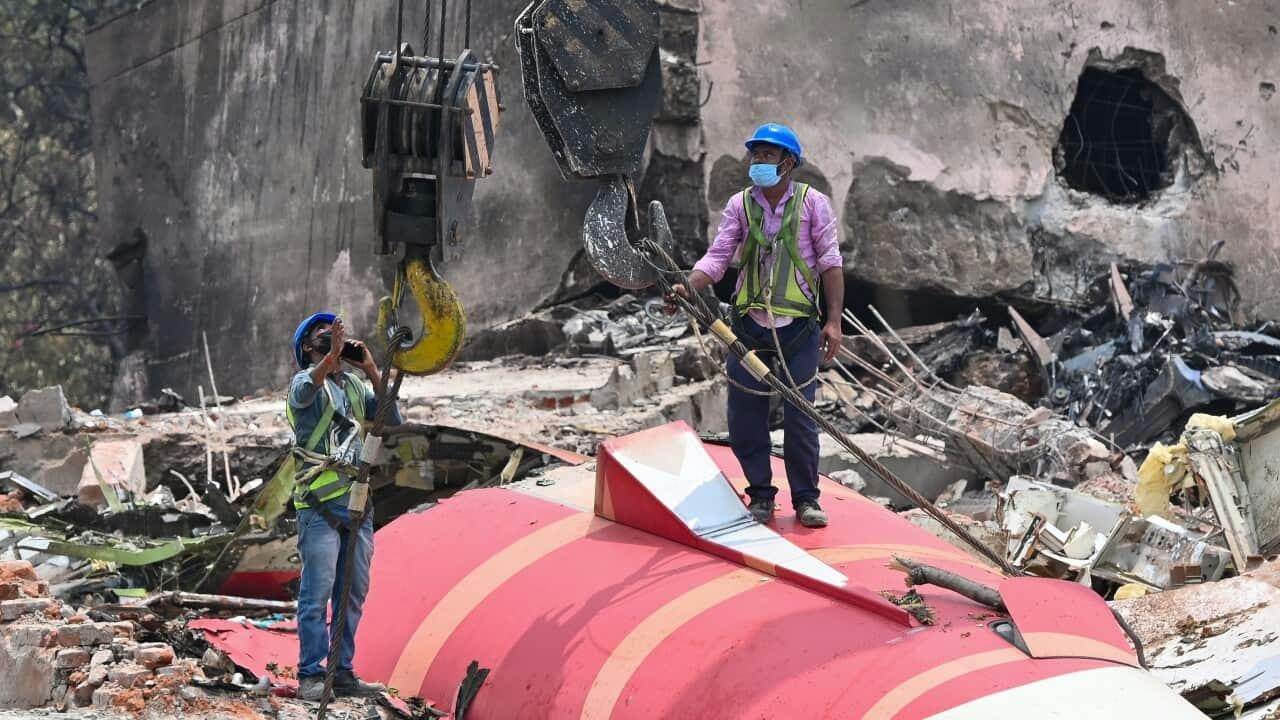
Preliminary Report Indicates Fuel Cut-Off Before Air India Crash
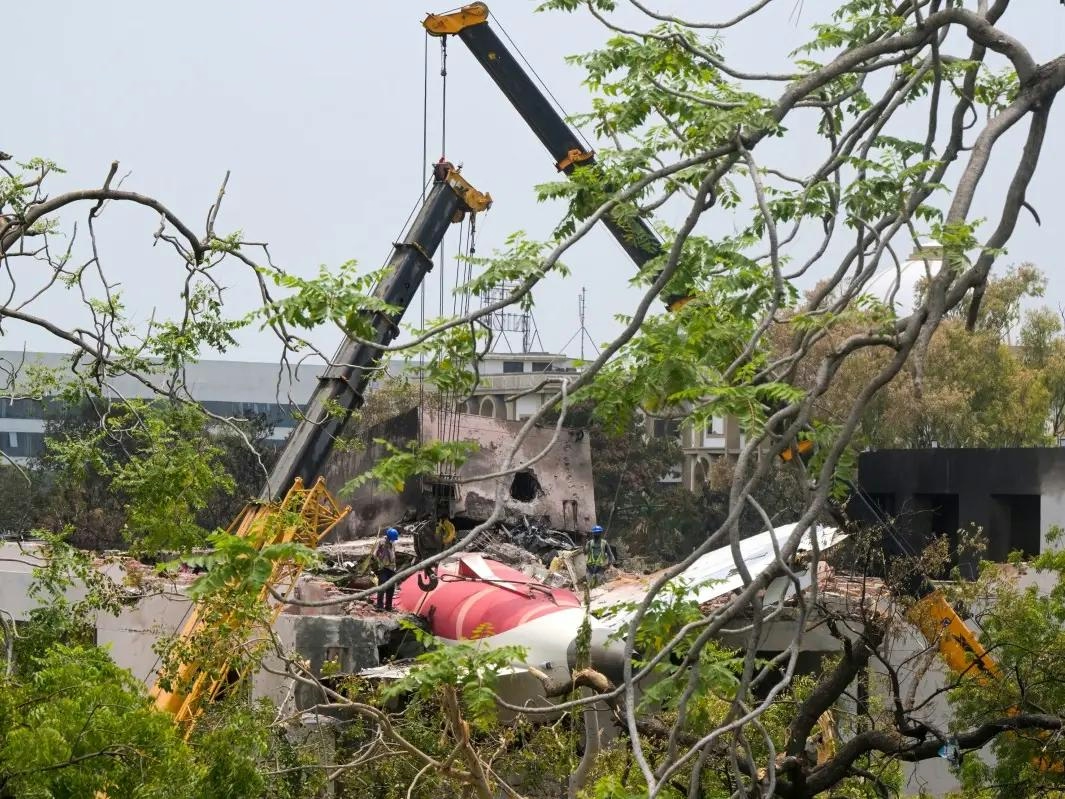
Aviation Expert Ehsan Khalid Confirms Both Engines Lost Power in AAIB Preliminary Report
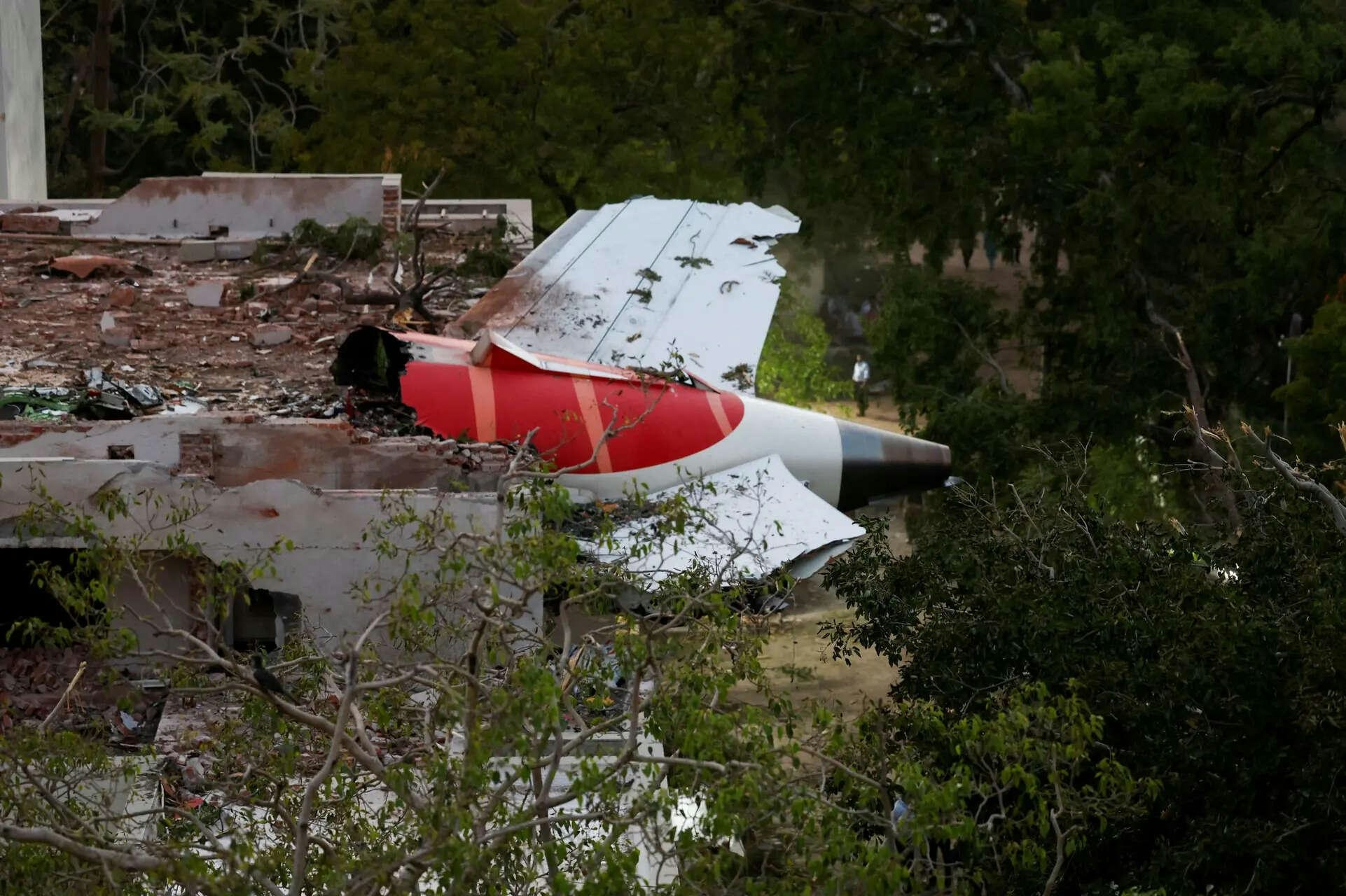
Aviation Expert Reviews AAIB Preliminary Report on Air India Flight AI-171 Crash, Challenges Pilot Error

UP Extends MRO Investment Deadline, Eyes Aircraft Repair Hub Status
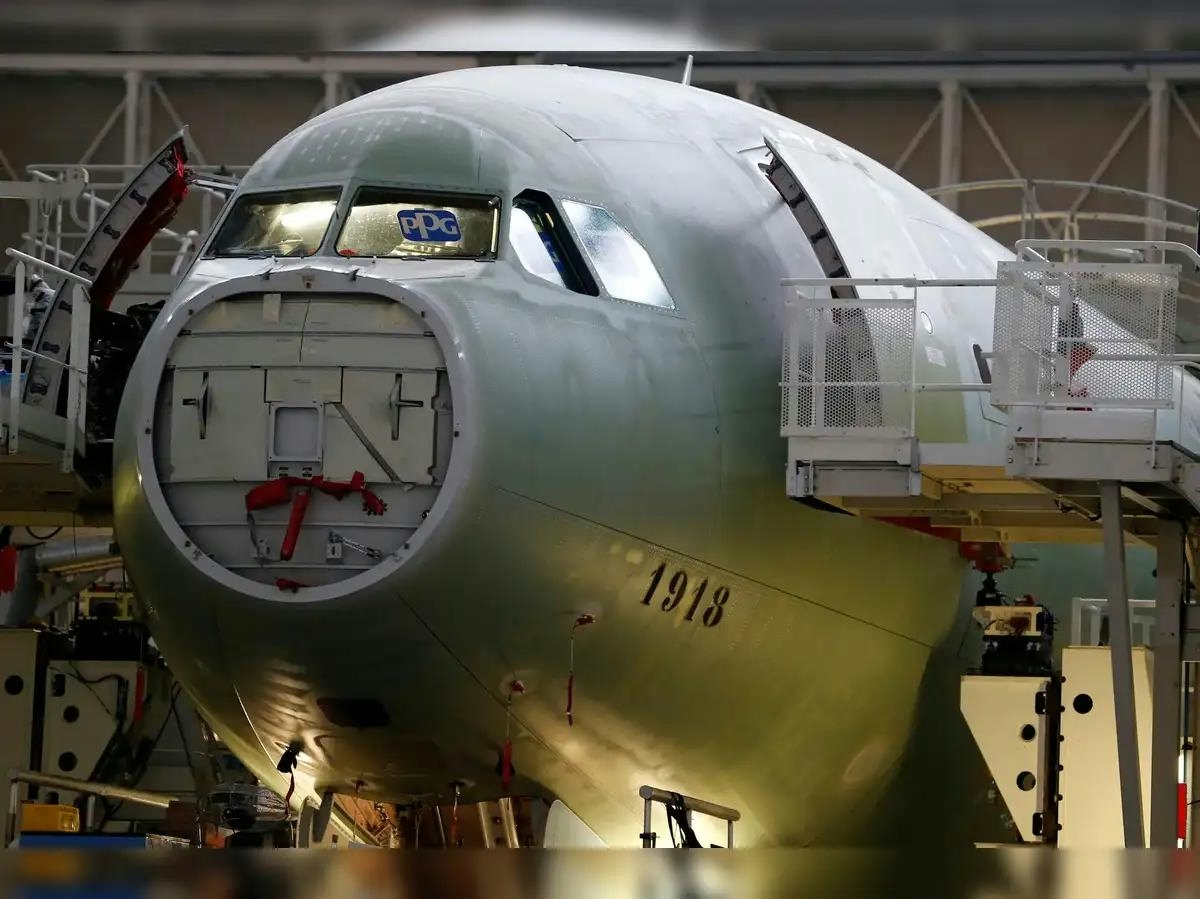
Delta Air Lines Avoids Tariffs by Repurposing Airbus Engines
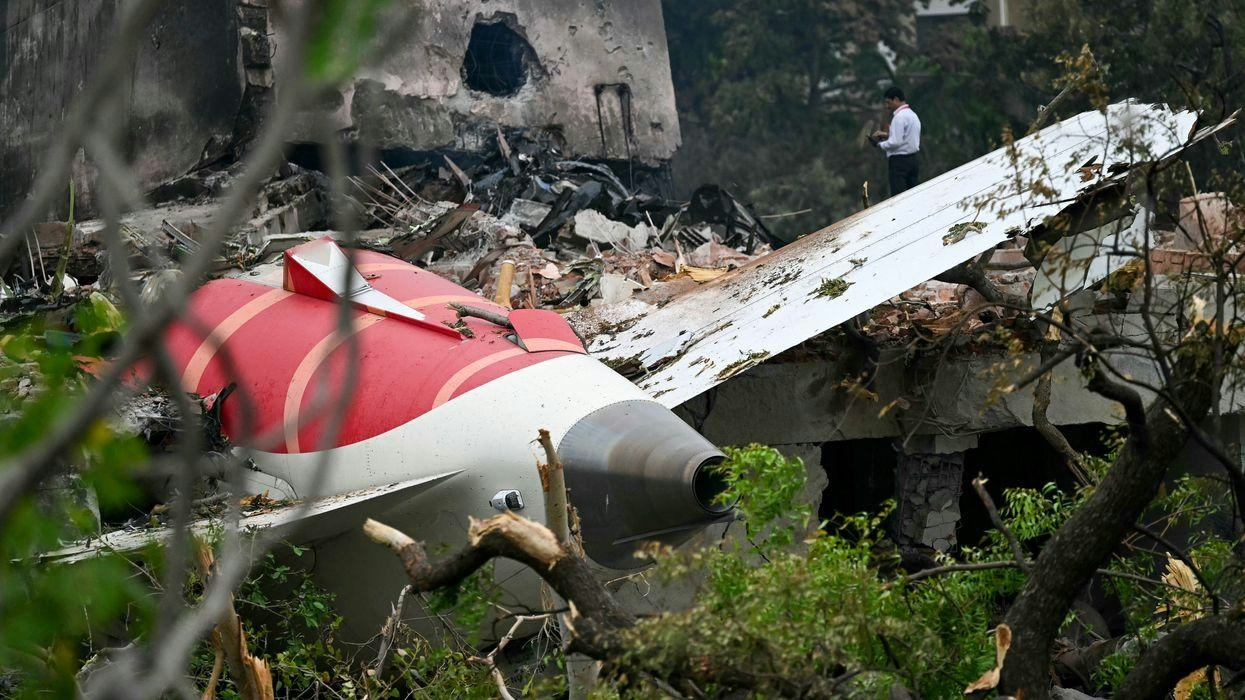
Fuel Switches in ‘Run’ Position Found in Aftermath of AI 171 Crash

Preliminary Report Highlights Fuel Switches and AI 171 Crash
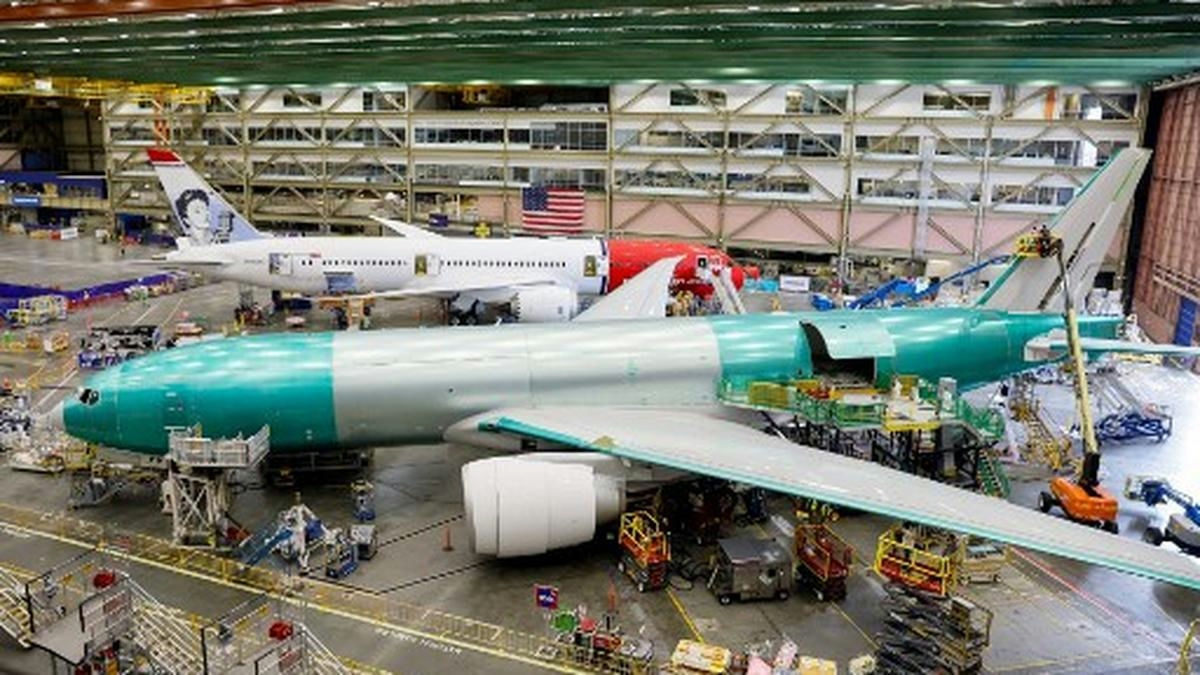
GIFT City Opens $5 Billion Leasing Market for Indian Aviation Sector
